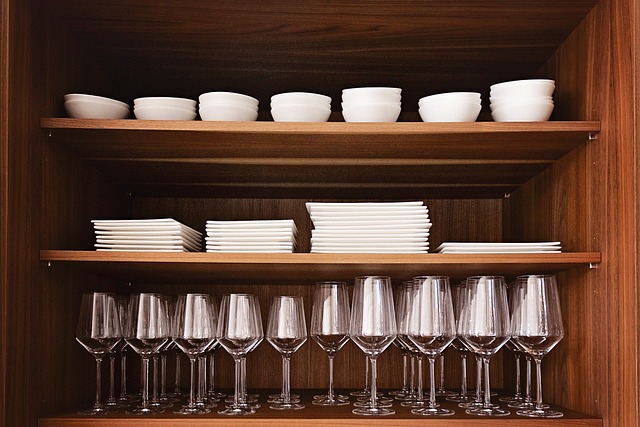Practical utensil selection and maintenance for busy households
Busy households need practical, reliable utensil strategies that save time without sacrificing quality or sustainability. This article outlines how to choose durable materials, organize tableware and cookware for efficient mealprep, and adopt cleaning and maintenance routines that extend the life of utensils while supporting eco-friendly choices.

How to choose utensils and materials
Selecting utensils begins with understanding materials and daily use. Prioritize durable, nonreactive options—stainless steel for cutlery, heat-resistant silicone for mixing, and wooden handles for comfort. Consider what you cook most: frequent acidic dishes pair better with stainless or ceramic-coated tools to avoid flavor transfer. For busy households, look for utensils with simple shapes and minimal crevices to reduce cleaning time. Balance initial quality with ease of replacement; a small, well-chosen core set of utensils reduces clutter and improves mealprep speed.
What are sustainable tableware and upcycling options
Sustainability matters when choosing tableware. Opt for items made from recycled or long-lasting materials, and consider upcycling old plates or jars as storage containers to reduce waste. Ceramic pieces with durable glazes can last for years if cared for properly, and choosing modular or multi-use tableware helps minimize excess. When discarding damaged items, seek local services for recycling or donation in your area. Small choices—repairing handles, re-glazing chipped ceramics, or repurposing glass jars—support a lower-impact kitchen while keeping functionality high.
How to balance cookware: stainless, castiron, ceramic choices
Different cookware materials suit different needs. Stainless steel is versatile and low-maintenance, suitable for boiling and sautéing. Cast iron excels for high-heat searing and retains heat well for family-style meals, though it requires seasoning and careful drying to prevent rust. Ceramic cookware offers nonreactive surfaces and easier cleaning but can be more fragile. For busy households, a mix of stainless pieces and one castiron skillet covers most cooking tasks; reserve ceramic for baking or gentle stovetop use. Match cookware to your routine and storage constraints.
How to improve storage and organization
Effective storage and organization cut prep time. Group utensils by function—baking tools, serving spoons, prep knives—and store them where they are used most. Use drawer dividers, vertical racks, or countertop canisters to keep frequently used utensils accessible. For tableware, stack plates and nest bowls to save space; label shelves if multiple household members share duties. Consider ventilation for closed storage if you store cookware damp—good airflow prevents odors and rust. Clear visibility and logical placement make mealprep more efficient and reduce time spent searching.
What maintenance and cleaning routines fit busy schedules
Routine cleaning preserves utensils and materials while keeping hygiene high. Rinse items immediately after use to prevent stuck-on food; soak only when necessary. Many stainless and silicone utensils are dishwasher-safe, but wooden tools and seasoned castiron usually require handwashing and quick drying. Establish a simple schedule: daily rinse and dry, weekly deeper clean (including handles, lids, and seals), and monthly checks for wear or damage. Regular maintenance like re-seasoning castiron or inspecting ceramic glazes prolongs lifespan and reduces replacement needs.
How to plan mealprep with ventilation and utensil care in mind
Mealprep efficiency links to proper ventilation and utensil readiness. Good kitchen ventilation reduces grease buildup on utensils and cookware, lowering cleaning frequency and keeping storage areas fresher. When prepping batches, designate a clean, ventilated prep station and rotate utensils to avoid cross-contamination—separate cutting boards for proteins and vegetables, for example. After mealprep, prioritize a quick wash-and-dry routine to prevent odors and maintain materials. Thoughtful ventilation and streamlined utensil workflows help busy households stay organized and lower long-term maintenance time.
Conclusion Choosing and maintaining utensils for busy households is about matching materials to routines, organizing for accessibility, and adopting small maintenance habits that pay dividends over time. Emphasizing durable materials like stainless and castiron where appropriate, supporting sustainability through upcycling and mindful disposal, and keeping storage and ventilation effective will streamline mealprep and extend the useful life of tableware and cookware.





